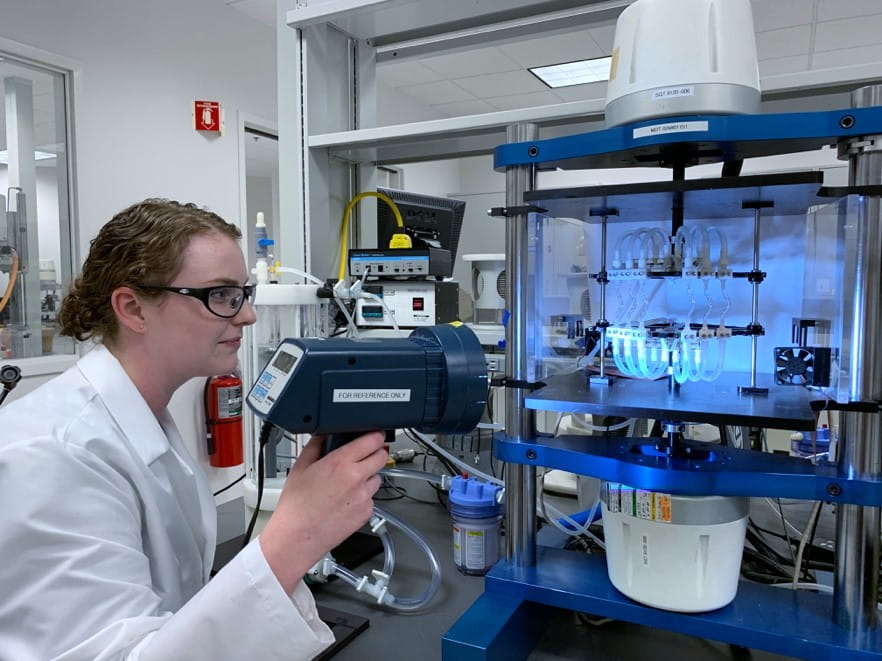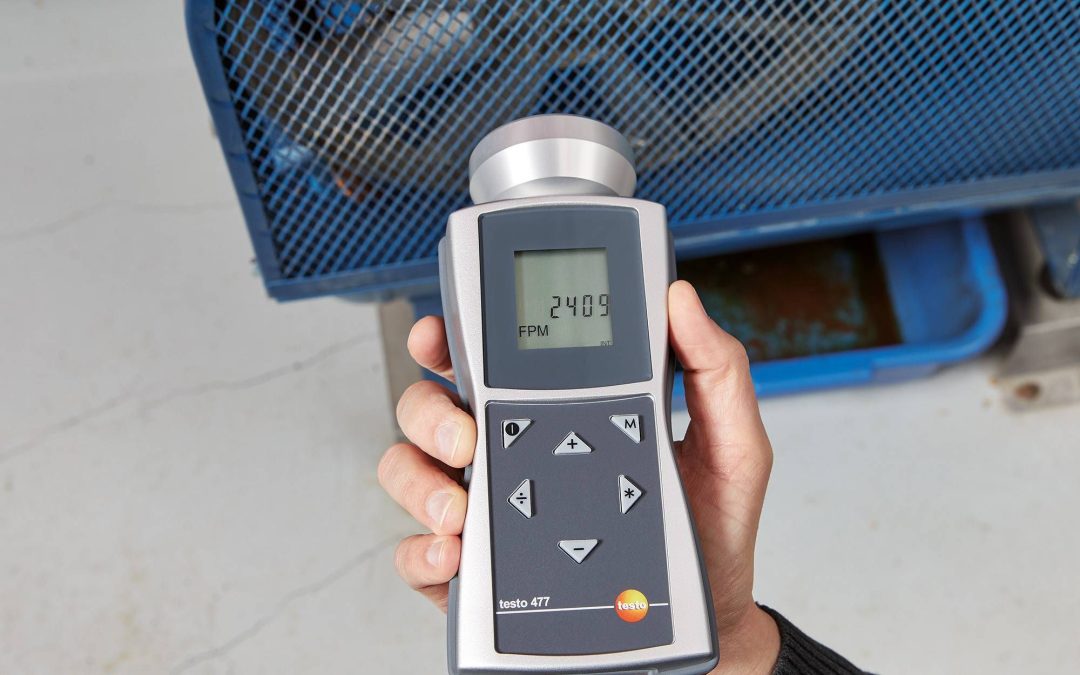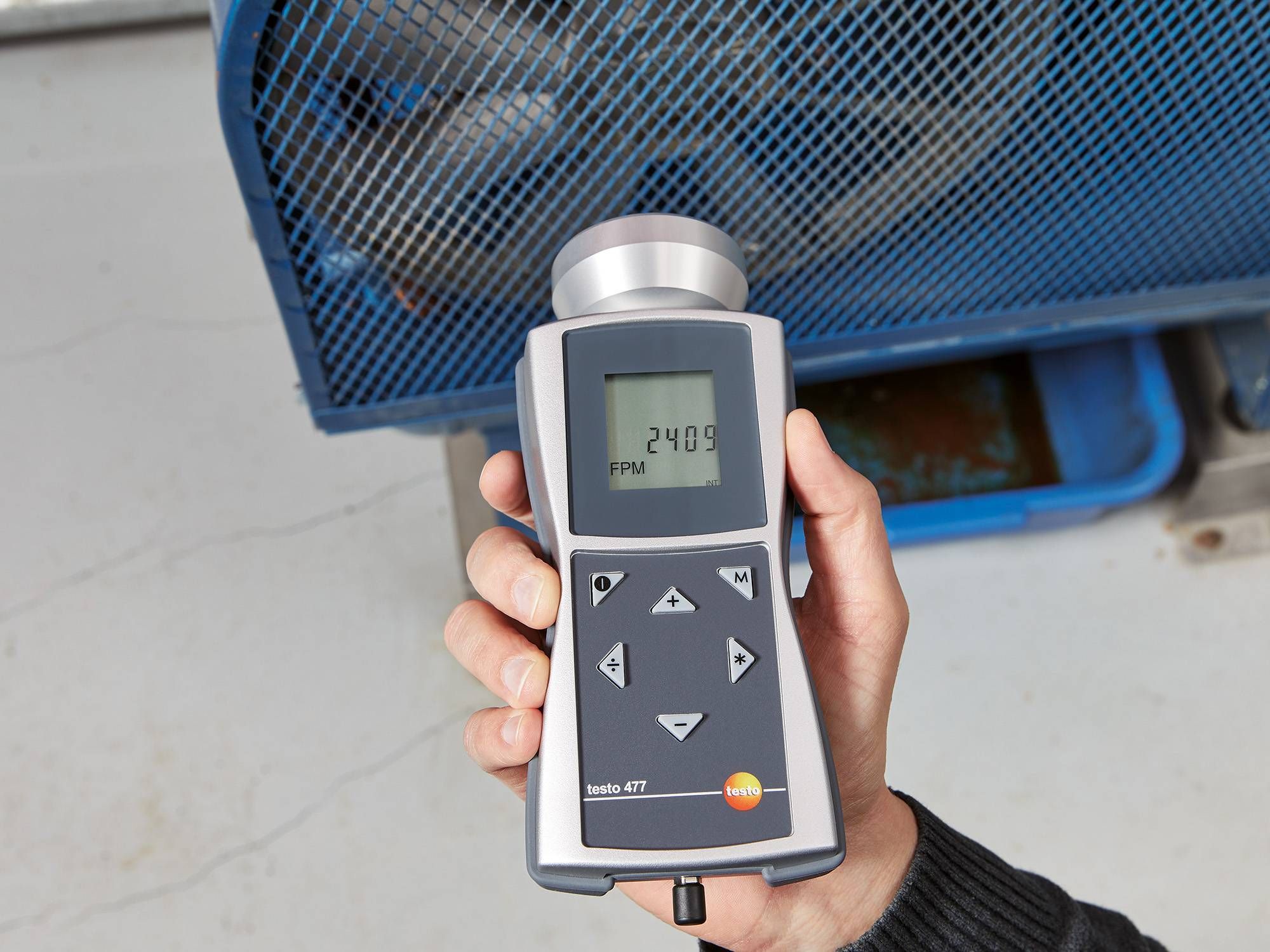A stroboscope is a powerful tool with a wide range of applications in various industries. To understand how to use a stroboscope effectively, it’s crucial to grasp its core principles and applications. This article aims to provide a comprehensive guide on using a stroboscope, covering everything from basic usage to advanced techniques.

What is a Stroboscope?
A stroboscope is an instrument used to make a cyclically moving object appear stationary. It works by flashing a light at a high frequency, synchronized with the object’s movement. This technology can be applied in various fields, including quality assurance in manufacturing, medical diagnostics, and even entertainment.
History of the Stroboscope
Origins and Development
The stroboscope has a rich history dating back to the 19th century. Early versions were mechanical, but modern stroboscopes use electronic components to achieve higher accuracy and functionality. The development of this technology has significantly impacted various industries, making it a valuable tool for professionals.
Modern Innovations
Today’s stroboscopes are equipped with advanced features such as digital control, variable flash rates, and high-intensity LEDs. These innovations have broadened the scope of applications, making stroboscopes indispensable in many fields.
Components of a Stroboscope
Light Source
The light source is the most critical component of a stroboscope. Modern devices use LEDs due to their high efficiency and brightness. The light source must be powerful enough to illuminate the object clearly, even at high speeds.
Control Unit
The control unit allows users to adjust the flash rate and duration. This component is crucial for synchronizing the light flashes with the object’s movement, thereby creating the illusion of a stationary object.
Types of Stroboscopes
Portable Stroboscopes
Portable stroboscopes are compact and easy to use, making them ideal for fieldwork and on-the-go inspections. They usually come with a rechargeable battery and are designed for ease of handling.
Stationary Stroboscopes
Stationary stroboscopes are mounted in fixed positions and are commonly used in industrial settings. These devices offer higher power and more features than their portable counterparts.
Applications of Stroboscopes
Quality Assurance in Manufacturing
In the manufacturing sector, stroboscopes are used to inspect rotating machinery, such as turbines and motors, without stopping them. This application is vital for maintaining high standards of quality and safety.
Medical Diagnostics
In the medical field, stroboscopes are used in diagnostic tools to examine the human body. For example, they are used to study vocal cord vibrations, helping doctors diagnose various conditions more accurately.
Entertainment Industry
The entertainment industry uses stroboscopes to create stunning visual effects in music concerts and theatrical performances. The flashing lights can enhance the experience, making it more engaging for the audience.
How to Use a Stroboscope
Step-by-Step Guide
Here’s a step-by-step guide on how to use a stroboscope:
- Turn on the stroboscope and adjust the settings using the control unit.
- Point the light source at the object you want to observe.
- Synchronize the flash rate with the movement of the object.
- Observe the object, which should appear stationary if the settings are correct.
Safety Precautions
While stroboscopes are generally safe to use, it’s essential to follow safety guidelines to avoid any potential hazards. Here are some tips:
- Wear protective eyewear if necessary.
- Avoid staring directly into the light source for extended periods.
- Ensure the device is adequately maintained to prevent malfunctions.
Advanced Techniques
Synchronized Flashing
Synchronized flashing involves matching the flash rate precisely with the object’s frequency of motion. This technique is essential for obtaining accurate and reliable observations.
Phase Shifting
Phase shifting allows users to change the point in the motion cycle at which the light flashes. This technique helps to study different aspects of the object’s movement, providing a more comprehensive analysis.
Common Problems and Solutions
Inaccurate Flash Rate
If the flash rate is not set correctly, the object will not appear stationary. Ensure the control unit is calibrated and adjusted accurately to match the object’s frequency.
Insufficient Light Intensity
If the light source is not powerful enough, the object may appear blurry. Use a high-intensity LED light source to achieve clear and precise observations.
Maintaining Your Stroboscope
Regular Cleaning
Regular cleaning of the light source and control unit is essential to maintain the device’s performance. Use a soft cloth and appropriate cleaning agents to avoid damaging the components.
Periodic Calibration
Periodic calibration ensures the device’s accuracy and reliability. Follow the manufacturer’s guidelines for calibration intervals and procedures.
Future of Stroboscopic Technology
Innovations on the Horizon
The future of stroboscopic technology looks promising, with ongoing innovations aimed at improving accuracy, efficiency, and usability. These advancements will likely open new avenues for applications across various fields.
Impact on Industry
As stroboscopic technology continues to evolve, its impact on industries such as manufacturing, healthcare, and entertainment will grow. Professionals in these fields will benefit from more advanced and versatile tools.
Environmental Considerations
Modern stroboscopes are designed to be energy-efficient and environmentally friendly. These considerations are becoming increasingly important as industries strive to reduce their carbon footprint.
Conclusion
Understanding how to use a stroboscope is essential for professionals in various industries. This guide has provided a detailed overview of the technology, its applications, and advanced techniques. By following the steps outlined, you can make the most of this powerful tool, ensuring accurate and reliable observations.
Frequently Asked Questions
What is a stroboscope used for?
A stroboscope is used to make a cyclically moving object appear stationary, allowing for detailed observation without stopping the motion.
How do you synchronize the stroboscope flash rate?
To synchronize the flash rate, adjust the control unit to match the frequency of the object’s movement. This creates the illusion of a stationary object.
Are stroboscopes safe to use?
Yes, stroboscopes are generally safe when used according to the manufacturer’s guidelines. However, it’s essential to follow safety precautions to avoid any potential hazards.

